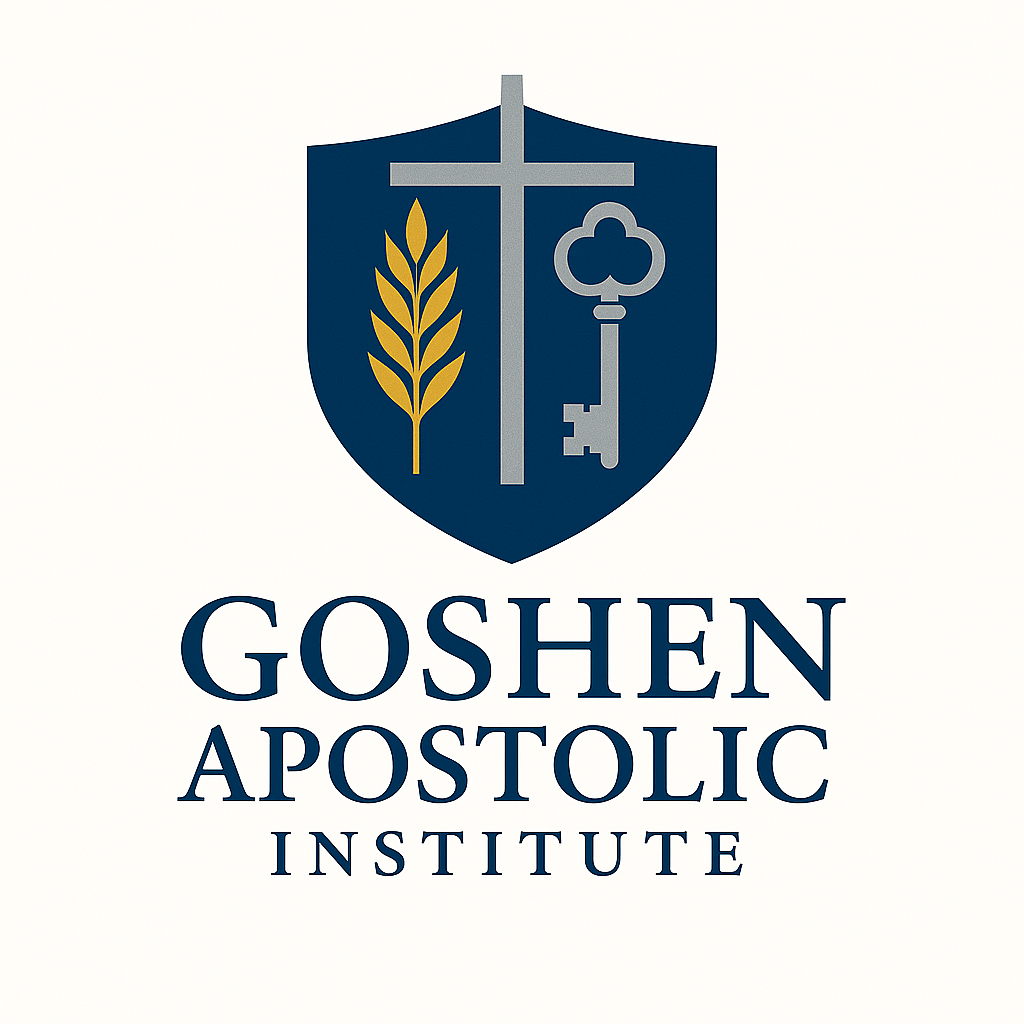Here is the fully reformatted version of your Web3 Framework for Goshen Apostolic Institute, presented in clean, professional prose suitable for presentation, documentation, or website content—free from unnecessary markdown syntax:
Web3 Framework for Goshen Apostolic Institute
A decentralized, transparent, and community-driven ecosystem leveraging blockchain to enhance spiritual growth, education, and governance.
1. Core Principles
The Goshen Apostolic Institute seeks to reimagine how the Body of Christ engages with technology by applying key Web3 principles:
- Decentralization: Replaces top-down governance with community-led decision-making.
- Transparency: Ensures all financial transactions, credentials, and decisions are recorded immutably.
- Ownership: Members have control over their data, contributions, and spiritual journey.
- Accessibility: Enables global engagement through blockchain and metaverse tools.
2. Key Web3 Components
A. Decentralized Identity and Membership
Members are issued Soulbound Tokens (SBTs)—non-transferable NFTs that verify their identity and covenant status in the community. Roles such as student, teacher, or pastor are encoded on-chain.
Using Self-Sovereign Identity (SSI) frameworks, participants manage their credentials through digital wallets like MetaMask or Unstoppable Domains.
B. The $GOSH Token Economy
$GOSH is a utility token (ERC-20) that powers the ecosystem. It supports:
- Governance: Voting on DAO proposals and leadership roles.
- Rewards: Incentivizing engagement in events, content creation, or outreach.
- Access: Serving as currency for purchasing courses, event tickets, or merchandise.
A staking mechanism enables holders to earn rewards while supporting scholarships and missions.
C. Goshen DAO (Decentralized Autonomous Organization)
The Goshen DAO empowers the community to govern transparently and collaboratively. Members can propose and vote on:
- Budget allocations
- Curriculum updates
- Event planning
Treasury management is executed via smart contracts to ensure accountability and traceability.
D. Transparent Giving: Donations and Tithes
Smart contracts automate giving and provide real-time tracking. Using zero-knowledge proofs (zk-SNARKs), donors may give anonymously while still receiving verified records.
Supporters receive Impact NFTs—digital tokens that evolve to reflect milestone achievements (e.g., “Built a School in Kenya”).
E. NFT-Based Education and Credentials
Goshen’s learning model includes tamper-proof, blockchain-based certificates and badges:
- NFT Diplomas stored on decentralized file systems like IPFS.
- Achievement Badges for titles such as “Bible Scholar” or “Community Leader.”
F. Metaverse and Virtual Ministry
The Goshen Virtual Campus is hosted in Decentraland or a similar platform. It includes:
- Live-streamed sermons, courses, and immersive events.
- Private counseling and training in NFT-gated rooms.
- Collectible NFTs featuring historic sermons, prophetic art, or music.
G. Decentralized Content Hub
All sermons, teachings, and research materials are stored immutably on decentralized platforms like IPFS or Arweave. Token-gated access allows $GOSH holders to unlock deeper, premium content.
3. Technology Stack
| Layer | Tools and Platforms |
|---|---|
| Blockchain | Ethereum (Polygon for scalability) or faith-based chains like PrayChain |
| Smart Contracts | Solidity, with secure libraries such as OpenZeppelin |
| Identity | Ceramic Network (DIDs), ENS (e.g., goshen.eth) |
| Storage | IPFS, Filecoin, Arweave |
| Frontend | React with Web3.js or Ethers.js for dApp integration; Unity/WebXR for metaverse engagement |
4. Implementation Roadmap
Phase 1: Foundation (Q1–Q2 2024)
- Launch the $GOSH token and initiate a fair distribution (airdrop or claim system).
- Issue Soulbound Tokens for verified membership with seamless onboarding via WalletConnect.
- Deploy smart contracts for transparent tithing and donations using a Gnosis Safe treasury.
Phase 2: Growth (Q3–Q4 2024)
- Activate the Goshen DAO using Snapshot.org for token-weighted voting.
- Begin issuing NFT diplomas and course badges.
- Pilot virtual campus gatherings with livestreamed ministry sessions.
Phase 3: Scale (2025 and Beyond)
- Integrate DeFi tools for mission funding and yield-generation.
- Expand global partnerships with other Apostolic Web3 communities.
- Explore AI-powered discipleship chatbots trained on Goshen’s doctrinal archive.
5. Risks and Mitigations
| Risk | Mitigation Strategy |
|---|---|
| Low community adoption | Implement gamification through NFT rewards and community challenges |
| Regulatory uncertainty | Partner with legal teams experienced in crypto governance |
| Smart contract vulnerabilities | Conduct audits with firms such as CertiK or OpenZeppelin |
6. Long-Term Vision
The Goshen Apostolic Institute will steward a global Web3 Apostolic network, enabling interconnected communities to thrive under shared governance and spiritual alignment. Long-term goals include:
- Launching Faith-Fi solutions—decentralized crowdfunding, church lending, and ethical DeFi.
- Preserving the legacy of teachings and prophecy on immutable infrastructure for future generations.
- Establishing a self-sustaining, Spirit-led digital ecosystem for global outreach, education, and equipping.
Next Steps
To move this vision forward:
- Form a dedicated Web3 task force including technologists, intercessors, and theological advisors.
- Host a community-wide AMA (Ask Me Anything) to gather feedback and align with core needs.
- Identify a blockchain development partner to build and launch the MVP (Minimum Viable Product).
